- Home
- entertainment
- Video Games
- A complete history of Nintendo consoles, by the numbers
A complete history of Nintendo consoles, by the numbers
10. Wii U

9. GameCube (GCN)
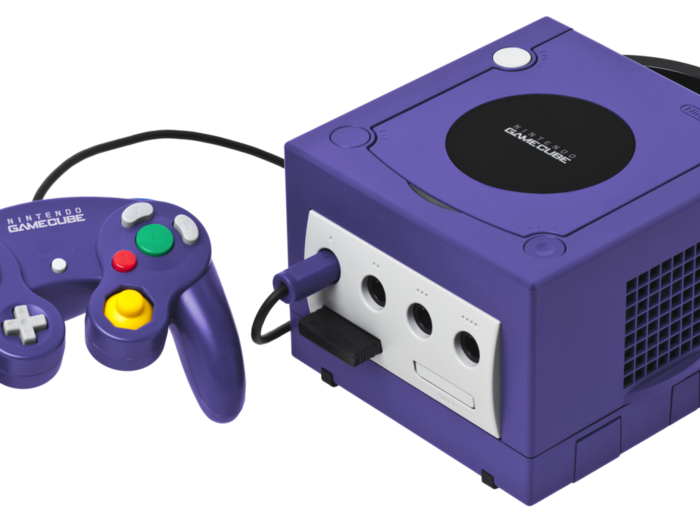
Launch date: September 14, 2001
Lifetime sales to date: 21.74 million units
Nintendo's GameCube helped launch the dawn of the modern era of video games.
As the video game industry transitioned from the battle between Nintendo, Sega, and Sony to a battle between Nintendo, Sony, and Microsoft, Nintendo launched its last "traditional" game console. The GameCube was a straightforward living room console that connected to your TV, and used a relatively standard gamepad for control — a relatively "normal" system compared to what would come next.
Unfortunately, against the likes of Sony's PlayStation 2, the GameCube stood little chance. Beyond the fact that the PS2 had breakthrough games like "Grand Theft Auto 3" and "God of War," it was the least expensive DVD player on the market by a wide margin. Microsoft also put up a formidable challenge with its first Xbox, showing a willingness not only to compete in the video game market but to dump billions in cash in the process. That investment paid off in the long run for Microsoft, and Nintendo's inability to compete with behemoths like Sony and Microsoft was just beginning to show.
8. Nintendo 64 (N64)
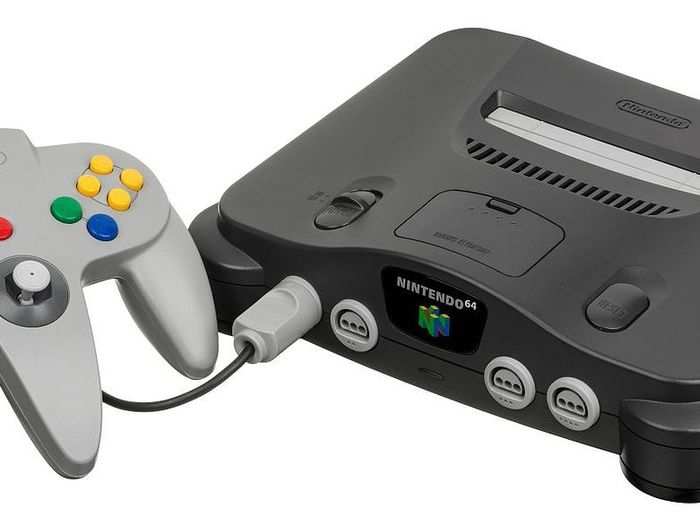
Launch date: June 23, 1996
Lifetime sales to date: 32.93 million units
For many of you reading this, the Nintendo 64 years were the last "golden years" of Nintendo's past. For better or worse, it's the console that most millennials grew up with — games like "Super Mario 64," "The Legend of Zelda: Ocarina of Time," and "GoldenEye 007" are new classics, still beloved by millions.
It's also when Nintendo made a decisive choice to split from the competition. Instead of using digital media for games (compact discs), the N64 was the last Nintendo console to use cartridges. This severely limited the Nintendo 64 technologically against the likes of the PlayStation 1 — cartridges were unable to deliver many of the technological advantages bestowed on the PlayStation 1 (like video playback, for instance).
7. Super Nintendo Entertainment System (SNES)
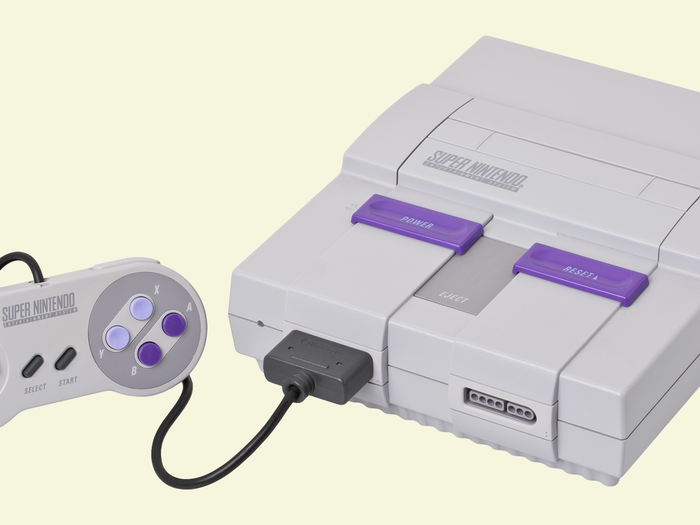
Launch date: November 21, 1990
Lifetime sales to date: 49.10 million units
When Nintendo's first system, the Nintendo Entertainment System (NES), was at the peak of its popularity, it dominated over 90% of the American video game market. There basically wasn't any competition.
By the time the SNES launched in 1990, Sega was pushing back hard with its Master System and Genesis consoles.
Though Sega was able to wrestle some dominance away from Nintendo, the Super Nintendo was a massively successful console full of great games. Most notably, it's the last Nintendo console with strong third-party support — games made by developers other than Nintendo. The likes of "Street Fighter II" and "Mortal Kombat" debuted on the SNES, and the arms race for third-party "exclusive" games began. Nintendo also produced some of its best-ever games during the SNES-era, including the best Super Mario game ever made ("Super Mario World") and the best "Legend of Zelda" game ever made ("A Link to the Past").
6. Nintendo 3DS (3DS)
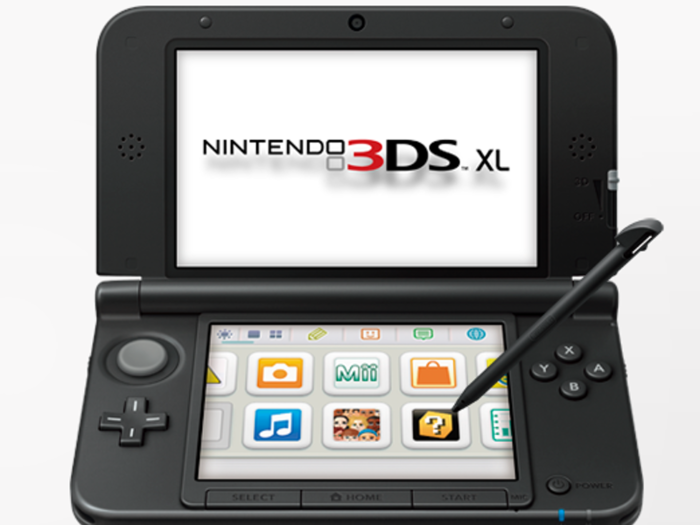
Launch date: February 26, 2011
Lifetime sales to date: 61.57 million units
Nintendo's 3DS may be the last handheld game console Nintendo ever makes. When Nintendo's Switch launches, it'll have a handheld component (thus obviating the need for Nintendo to make a standalone handheld).
The big sell point with the 3DS, beyond mobility, was a glasses-free 3D experience: It uses two screens layered on top of each other, that can be subtly separated using a knob on the device. Once separated, the 3D effect is clear — though you have to keep your head relatively still to keep the 3D from looking like a blurry image. It's a gimmick, and one that few games employed.
The 3DS made up for its gimmicky nature with a strong lineup of games, a low price point, and aggressive marketing. Even still, it sold half the units of its predecessor (a difference of nearly 60 million units).
5. Nintendo Entertainment System (NES)

Launch date: July 15, 1983
Lifetime sales to date: 61.91 million units
The console that started it all: the Nintendo Entertainment System, more commonly known as the "NES."
The first major appearances of "Super Mario," "The Legend of Zelda," and many, many others. Long-running third-party franchises like "Final Fantasy" and "Dragon Quest" got started on the NES, and the console became a cultural touchstone for millions of people.
For years, parents all over America referred to all video game consoles as "the Nintendo" — like Xerox stands in for photocopies and Kleenex stands in for tissue paper — largely due to Nintendo's complete video game dominance in the mid-'80s. This is the console that set standards for game design, hardware design, marketing, and so much more — standards that are still in use today.
In many ways, Nintendo's been fighting to get back to where it was at the peak of the NES since that dominance waned.
4. Game Boy Advance (GBA)
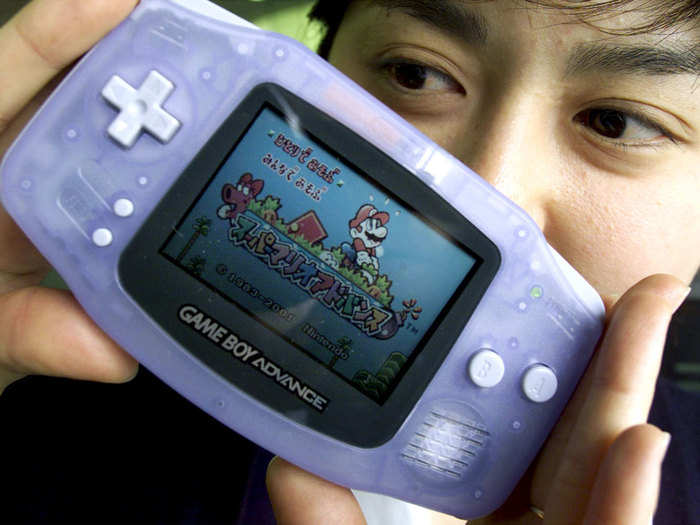
Launch date: March 21, 2001
Lifetime sales to date: 81.51 million units
In millions of years, when aliens visit Earth, long after humanity has disappeared, they'll find functioning Game Boy Advance consoles.
Nintendo's handheld systems are notoriously enduring, and the GBA was no exception. It played games that were about as impressive as those on the SNES, but it was a handheld that fit in your pocket! Keep in mind this was years before the normalization of smartphones, years before Apple ever unveiled its iPhone.
3. Wii
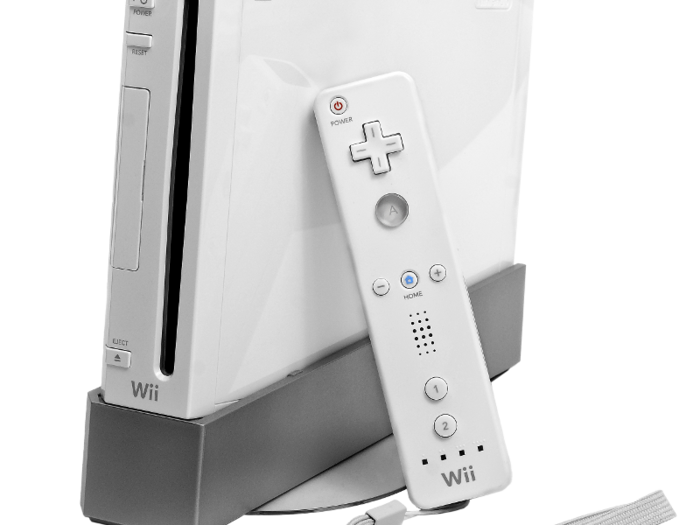
Launch date: November 19, 2006
Lifetime sales to date: 101.63 million units
In the long, steady decline of sales of Nintendo's living room game consoles, the Wii is the shining exception. It sold exceptionally well, and its motion-based controls attracted gamers and non-gamers alike. The Wii is still the only game console that's just as likely to be found in a living room as it is in a retirement home — that's an incredible accomplishment.
Despite being innovative and assuredly pushing the video game market towards new input methods like motion controls (Microsoft's Kinect and Sony's PlayStation Move attest to that), the console is viewed as a failure by many market analysts. That's for one simple reason: The Wii was purchased by over 100 million people, but few of those folks ended up buying games for it. Instead, many stuck with the copy of "Wii Sports" that came with their console, endlessly re-playing the simple (but fun!) versions of baseball, bowling, and tennis included on the disc in the box.
2. Game Boy
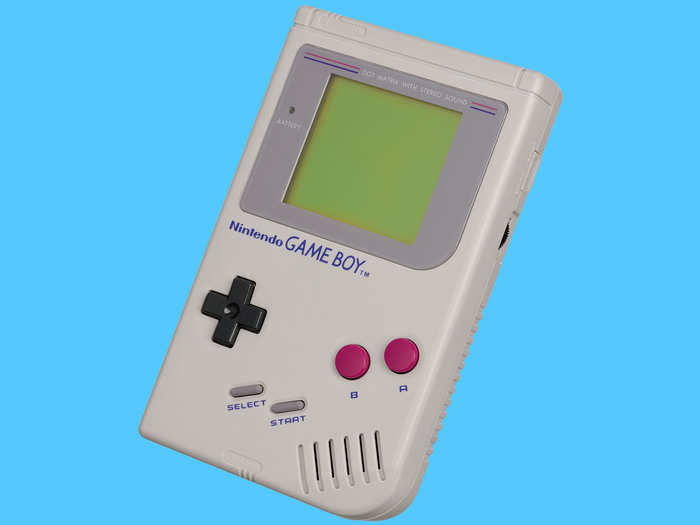
Launch date: April 21, 1989
Lifetime sales to date: 118.69 million units
Much like the original NES, the original Game Boy is regarded as a classic at this point. It was, for millions, the machine that powered "Tetris" — indisputably one of the best games ever made.
It was also the console that kept millions of kids from incessantly asking, "Are we there yet?" on family vacations, that kept millions of commuters from reading while on the subway, that enabled kids to stay up far past their bed time playing games.
Sure, the graphics weren't on the level of even the NES, but what it lacked in graphical prowess it more than made up for in form factor and game design. "Super Mario Land" on Game Boy is a fantastic mobile game, years before anyone knew what a mobile game was. The Game Boy set the standard by which much of modern mobile gaming is measured against, and in many ways still pulls of those best practices better than your brand new iPhone.
1. Nintendo DS
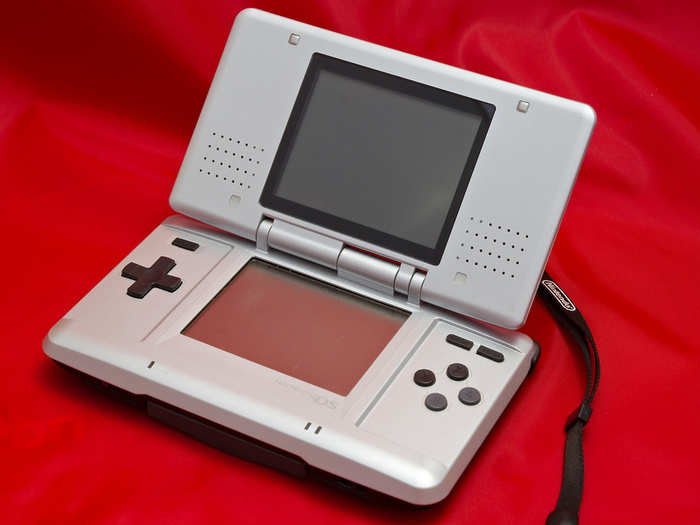
Launch date: November 21, 2004
Lifetime sales to date: 154.02 million units
Nintendo's most successful console ever made, by a huge margin, is the Nintendo DS.
It was innovative — two screens! touch gameplay! a microphone built right in! — and ahead of its time. The iPhone didn't launch until 2007, and it was another year-plus before Apple's ubiquitous phone pushed into mobile gaming.
Gamers marveled at its impressive graphics, its innovative approach to design, and its mobility. It delivered on the promise of the Game Boy and upped the ante. It's no surprise that the DS is Nintendo's most successful console — in many ways it embodies the best aspects of Nintendo's business, all in one. It's unique, inexpensive, full of great games, and fills a need that most folks didn't know they had.
It also had "Nintendogs," which, ya know, dogs are pretty good.
And behold, Nintendo's next console, coming in March 2017 — the Nintendo Switch:

The Switch is a hybrid console — you can play it at home, on your living room television, or you can take it on-the-go. Here's what we know about the console thus far:
- It's called Nintendo Switch.
- It's scheduled to launch in March 2017.
- Nintendo has a gaggle of games starring its most prominent creations in the works.
There's of course much more to the Switch than that, but Nintendo isn't offering a lot of explicit details just yet. The company did announce an unveiling event for January 12, 2017, so stay tuned!
Popular Right Now
Popular Keywords
Advertisement